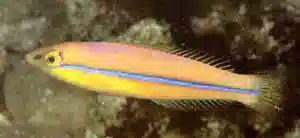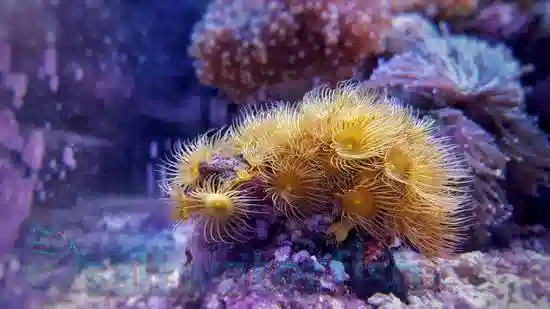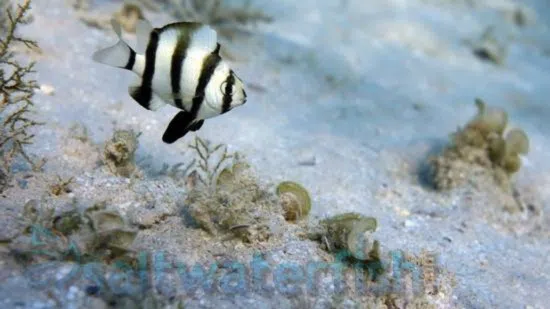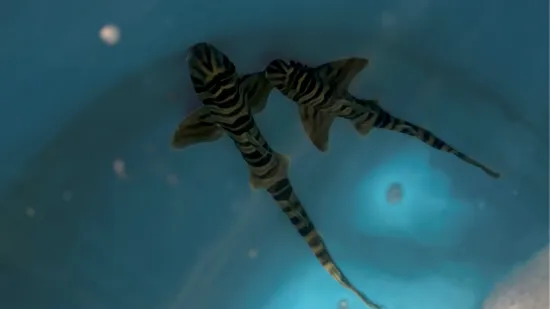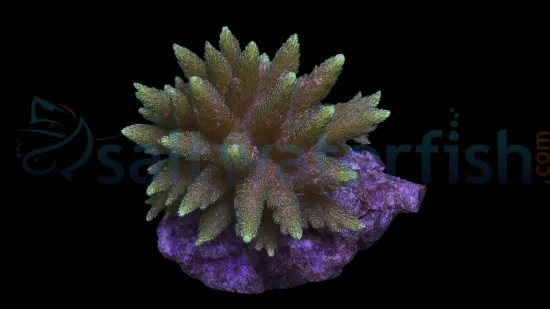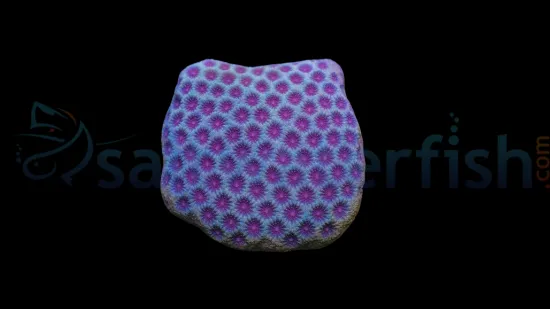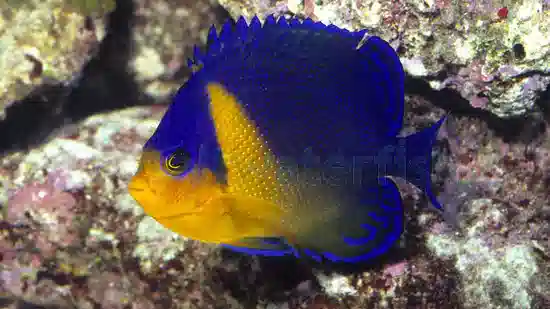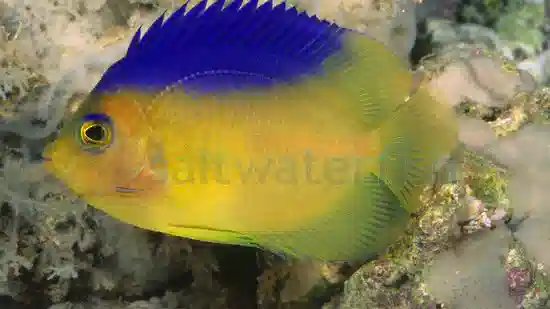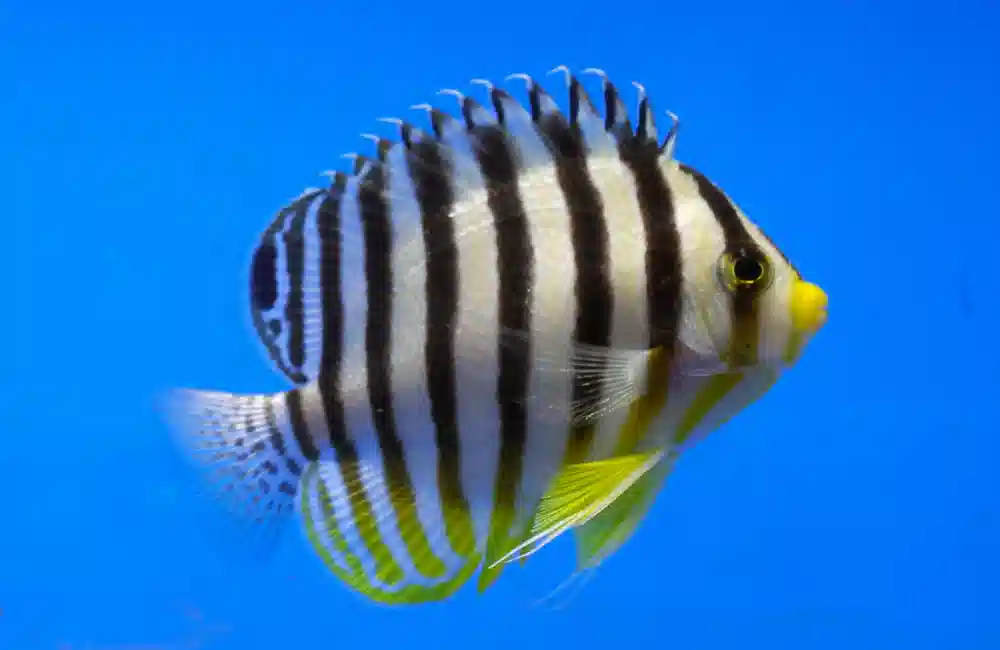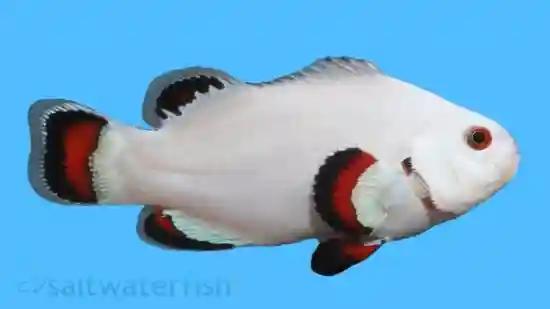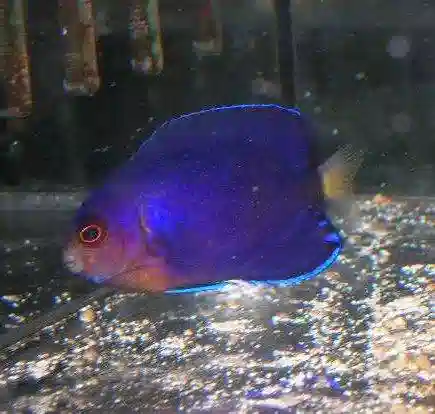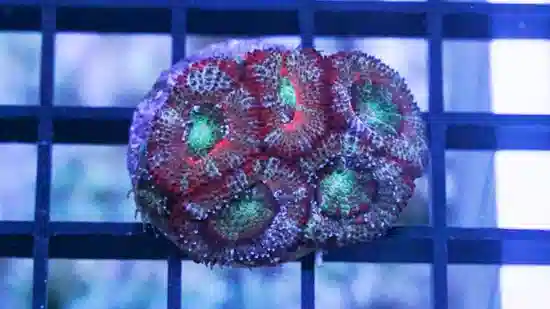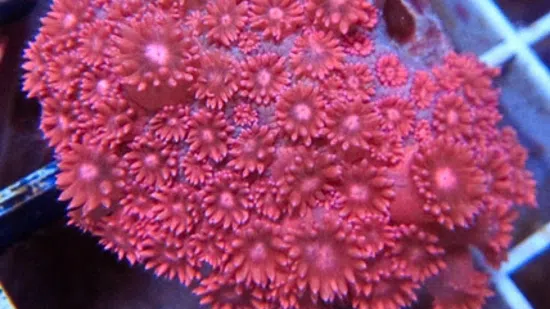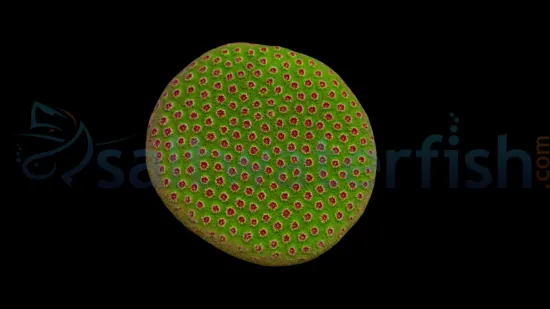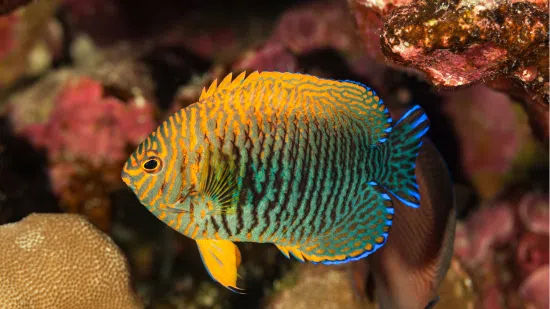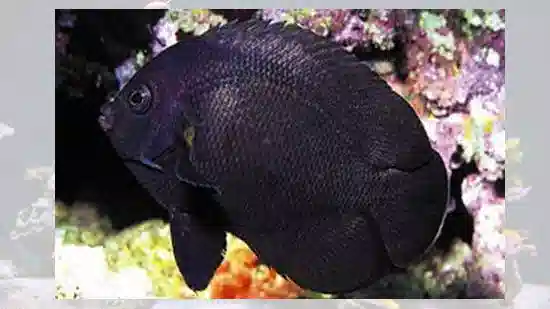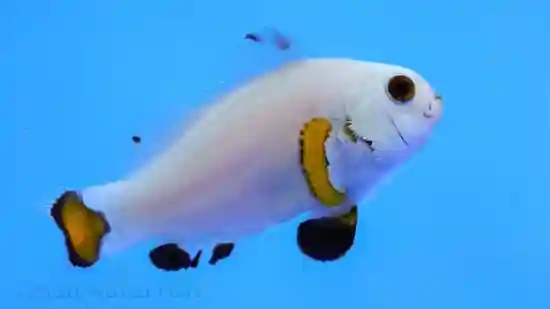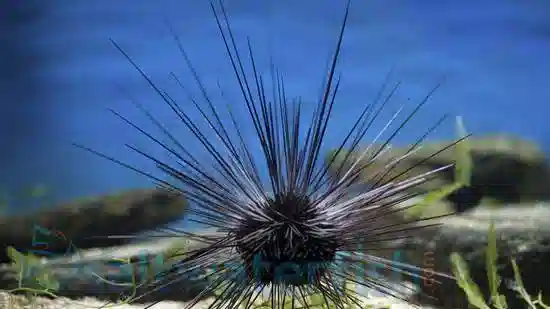 Savings. Shopping.
Savings. Shopping.Harlequin Tusk Wrasse

25 coupons
The Harlequin Tusk, Choerodon fasciatus, is a wonderfully unique aquarium fish. They exhibit the most vibrant orange colors found on any fish and beautiful white vertical striping. Neon blue and green stripes can often be found across their faces. Harlequin Tusks possess large teeth that they use to crush small crustacean prey. Like other unique large fish, there are some specifications that should be heeded while keeping a Harlequin Tusk. They should usually be kept in a fish-only aquarium with only one Tusk per tank as they will prey on small fish and inverts and move corals around. Growing up to 12 inches they require a minimum tank size of 125 gallons. Feed them a diet of frozen thawed meaty foods such as krill, clams, shrimp, and silversides 1-3 times a day. The Harlequin Tusk (Choerodon fasciatus): A Unique Jewel for Saltwater Marine Aquariums The Harlequin Tusk, scientifically known as Choerodon fasciatus, is a captivating and exotic treasure in saltwater marine aquariums' enchanting world. Hailing from the tropical waters of the Indo-Pacific region, spanning from the Red Sea to the Pacific islands, this species thrives amidst the vibrant tapestry of coral reefs and rocky outcrops. Habitat and Compatibility with Reefs of the Harlequin Tusk The Harlequin Tusk finds its haven within coral-rich environments, rocky formations, and coastal reefs. With its distinctive coloration and engaging behavior, it has earned a place of admiration among marine enthusiasts. However, its compatibility with reef ecosystems warrants consideration. While they aren't inherently predatory, their diet includes small invertebrates like crustaceans and worms, which could pose a risk to certain reef inhabitants. Size and Lifespan of the Harlequin Tusk Draped in stunning hues and intricate patterns, the Harlequin Tusk grows to an impressive length of approximately 9 to 12 inches. This substantial size makes them a focal point in larger aquariums, and their lifespan of up to 10 to 15 years promises enthusiasts a captivating and enduring marine companion. Diet in Captivity for the Harlequin Tusk Catering to the Harlequin Tusk's nutritional needs is pivotal for its health and vibrancy. In the wild, they feast on small crustaceans and invertebrates. In captivity, offering a diverse diet that includes high-quality marine pellets, frozen foods like mysis shrimp and brine shrimp, and occasional offerings of live or frozen marine worms can replicate their natural diet. Aquaculture and Availability of the Harlequin Tusk Aquaculture efforts for the Harlequin Tusk remain limited, and most specimens available to hobbyists are wild-caught. Their availability may fluctuate, emphasizing the importance of sourcing from reputable suppliers that prioritize ethical collection and responsible practices. Compatibility with Other Fish and Invertebrates for the Harlequin Tusk The temperament of the Harlequin Tusk leans toward a semi-aggressive disposition, underscoring the need for careful consideration when selecting tank mates. Avoid housing them with smaller or less assertive species that could be perceived as prey. Instead, choose companions that can hold their own, promoting a harmonious coexistence. Temperament and Tank Requirements for the Harlequin Tusk Harlequin Tusks are known for their intriguing behavior and captivating presence. A tank with a minimum capacity of 125 gallons is recommended to accommodate their needs. Providing ample hiding spots, live rock formations, and crevices replicates their natural habitat and allows them to establish territories. Compatible Tank Mates for the Harlequin Tusk When selecting suitable companions for the Harlequin Tusk, opt for species with similar temperament and size. Compatible tank mates often include the Foxface Rabbitfish (Siganus vulpinus), the Powder Blue Tang (Acanthurus leucosternon), the Bluejaw Triggerfish (Xanthichthys auromarginatus), the Niger Triggerfish (Odonus niger), and the Emperor Angelfish (Pomacanthus imperator). Other Common Names of the Harlequin Tusk The Harlequin Tusk may also be recognized by its alternate common names, including the Harlequin Wrasse and the Clown Wrasse. Why Choose the Harlequin Tusk from Saltwaterfish.com Opting to acquire the Harlequin Tusk from Saltwaterfish.com offers enthusiasts an exclusive opportunity to introduce a captivating and visually striking marine inhabitant into their aquarium. As a trusted source for marine life, Saltwaterfish.com prioritizes the health and well-being of the species it provides. The Harlequin Tusk arrives in prime condition through rigorous collection, shipping, and acclimatization procedures, ensuring seamless integration into your marine ecosystem.
Save on Harlequin Tusk Wrasse with a Saltwaterfish.com coupon
Checkmate is a savings app with over one million users that have saved $$$ on brands like Saltwaterfish.com.
The Checkmate extension automatically applies Saltwaterfish.com discount codes, Saltwaterfish.com coupons and more to give you discounts on products like Harlequin Tusk Wrasse.






